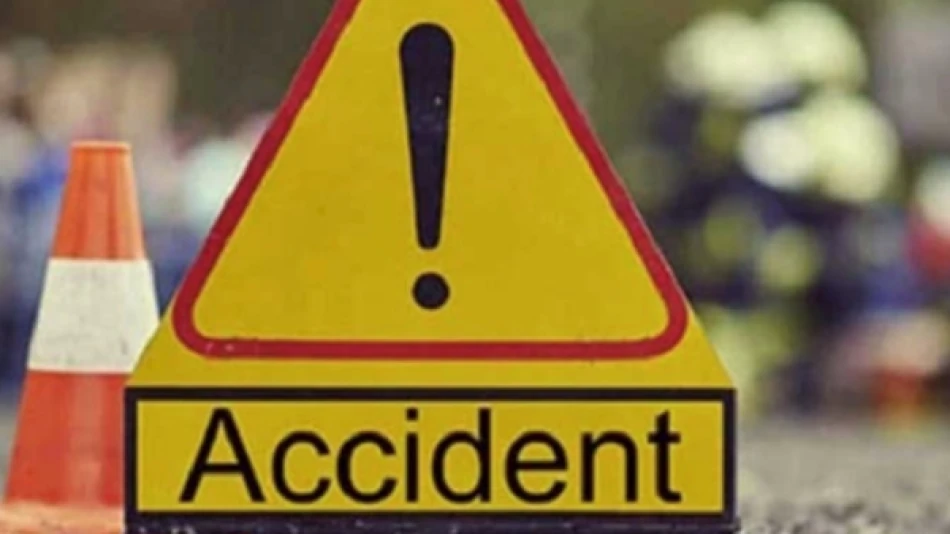
Deadly Road Collision Claims Lives, Injures Dozens in India
Fatal Collision in India's Most Populous State Highlights Persistent Road Safety Crisis
A devastating truck-tractor collision in Uttar Pradesh has claimed eight lives, including two women and a child, while injuring 43 others, underscoring India's ongoing struggle with road safety despite years of infrastructure investment and regulatory reforms. The accident reflects broader challenges facing the world's most populous nation as it balances rapid economic growth with public safety concerns.
The Deadly Crash
The fatal accident occurred when a container truck collided with a tractor carrying passengers in Bulandshahr district, Uttar Pradesh. District Police Chief Dinesh Kumar Singh confirmed that three victims remain in critical condition on life support, suggesting the death toll could potentially rise.
The incident highlights the dangerous practice of using agricultural tractors for passenger transport, particularly common in rural areas where public transportation options remain limited despite government initiatives to improve connectivity.
Uttar Pradesh: A Microcosm of India's Road Safety Challenge
Uttar Pradesh, home to over 230 million people, consistently ranks among India's most accident-prone states. The state's vast rural network of roads, combined with inadequate traffic enforcement and mixed vehicle types sharing the same routes, creates a perfect storm for such tragedies.
Contributing Factors
Several systemic issues contribute to such accidents across India's northern states. Poor road conditions, inadequate lighting, and the common practice of overloading vehicles—whether tractors, buses, or trucks—significantly increase accident risks. The use of tractors as makeshift passenger vehicles, while economically necessary for many rural communities, lacks the safety features of purpose-built transport.
Economic and Social Implications
Road accidents cost India approximately 3% of its GDP annually, according to government estimates. Beyond the immediate human tragedy, such incidents strain local healthcare systems and highlight infrastructure gaps that could deter investment in rural development projects.
For families in agricultural communities, these accidents often represent catastrophic economic losses, as victims are frequently primary breadwinners traveling to work or markets. The ripple effects extend through entire villages, affecting agricultural productivity and local economic stability.
Government Response and Ongoing Challenges
India's road safety record has shown marginal improvement following the 2019 Motor Vehicles Amendment Act, which imposed stricter penalties and enhanced enforcement mechanisms. However, implementation remains inconsistent, particularly in rural areas where this accident occurred.
The central government's Bharatmala project aims to improve road infrastructure, but critics argue that safety education and enforcement lag behind infrastructure development. Unlike countries such as China or Brazil, which have seen significant reductions in road fatalities through comprehensive safety campaigns, India's approach remains fragmented across state lines.
Looking Forward
This latest tragedy reinforces the urgent need for integrated solutions combining better infrastructure, stricter enforcement, and alternative transportation options for rural communities. As India continues its economic transformation, addressing road safety will be crucial for maintaining public confidence and ensuring sustainable development reaches all corners of the nation.
The incident also underscores the importance of emergency medical response systems in rural areas, where the difference between life and death often depends on the speed and quality of initial treatment.
 Layla Al Mansoori
Layla Al Mansoori







